Strict trade protections tabled to stop shark and ray species freefall – Oceanographic Magazine

Conservation of Sharks and Rays: CITES Proposals at CoP20
Overview of Proposed CITES Listings
At the upcoming CITES Conference of the Parties 20 (CoP20), over 70 species of sharks and rays are proposed for listing through seven distinct proposals. These proposals have garnered support from more than 50 governments, reflecting a growing global commitment to the conservation of these marine species.
Urgency of Conservation Actions
Luke Warwick, Director of Shark and Ray Conservation at the Wildlife Conservation Society, emphasized the critical need for protection measures, stating that iconic marine species on the brink of extinction deserve the same strict trade protections as terrestrial mammals like tigers and gorillas.
Currently, more than 37% of shark and ray species face the threat of extinction, with this figure rising to over 70% among species involved in international trade. Immediate action is necessary to prevent irreversible biodiversity losses.
Challenges in Shark and Ray Trade
- Recent research indicates that CITES-listed sharks and rays continue to enter international trade in significant numbers.
- These findings justify the need for stronger regulatory measures to curb illegal and unsustainable trade practices.
Scientific Basis and Conservation Benefits
The proposals under consideration meet all CITES scientific criteria and present an opportunity to protect these species before their populations decline further. Conservation of sharks and rays also supports the livelihoods and well-being of coastal communities worldwide, aligning with sustainable development objectives.
Species-Specific Concerns
- Oceanic Whitetip Sharks: Once abundant, their populations have declined by over 90%.
- Whale Sharks: Despite their value for tourism, populations have decreased by over 50%, with ongoing threats including illegal trade, ship strikes, and habitat loss due to climate change.
- Wedgefish and Giant Guitarfish: These families are the most threatened among sharks and rays, with their fins commanding the highest prices in global markets. A proposed zero quota aims to halt commercial trade and prevent extinction.
International Leadership and Collaboration
The Wildlife Conservation Society has acknowledged the leadership of governments from Panama, Ecuador, Brazil, Senegal, Benin, Maldives, the European Union, and the United Kingdom in spearheading these proposals. Collaborative efforts are underway to ensure their adoption at the CITES CoP20 meeting scheduled for November to December in Samarkand, Uzbekistan.
Role of CITES in Sustainable Development
CITES (the Convention on International Trade in Endangered Species of Wild Fauna and Flora) is a global agreement that regulates international trade in wild animals and plants to prevent threats to their survival. By enforcing trade restrictions based on conservation status, CITES contributes directly to several Sustainable Development Goals (SDGs), including:
- SDG 14: Life Below Water – conserving marine biodiversity and promoting sustainable use of ocean resources.
- SDG 15: Life on Land – protecting terrestrial and aquatic ecosystems.
- SDG 12: Responsible Consumption and Production – ensuring sustainable trade practices.
- SDG 1 and SDG 2: No Poverty and Zero Hunger – supporting coastal communities dependent on marine resources.
These conservation measures are essential to maintaining ecological balance, supporting economic development, and ensuring the health of marine ecosystems for future generations.
Click here for more from the Oceanographic Newsroom.
1. Sustainable Development Goals (SDGs) Addressed
- SDG 14: Life Below Water
- The article focuses on the conservation of sharks and rays, marine species critical to ocean ecosystems.
- It highlights threats such as overfishing, illegal trade, and habitat loss due to climate change.
- SDG 15: Life on Land
- While primarily about marine species, the article draws parallels to land mammals like tigers and gorillas, emphasizing biodiversity conservation.
- SDG 12: Responsible Consumption and Production
- The article discusses regulating international trade through CITES to prevent overexploitation of shark and ray species.
- SDG 13: Climate Action
- Climate change is mentioned as a factor reducing core habitats for species like whale sharks.
2. Specific Targets Under the Identified SDGs
- SDG 14: Life Below Water
- Target 14.2: Sustainably manage and protect marine and coastal ecosystems to avoid significant adverse impacts.
- Target 14.4: Effectively regulate harvesting and end overfishing, illegal, unreported and unregulated fishing, and destructive fishing practices.
- Target 14.7: Increase the economic benefits to small island developing states and least developed countries from the sustainable use of marine resources.
- SDG 15: Life on Land
- Target 15.5: Take urgent and significant action to reduce the degradation of natural habitats and halt the loss of biodiversity.
- SDG 12: Responsible Consumption and Production
- Target 12.2: Achieve the sustainable management and efficient use of natural resources.
- Target 12.4: Achieve environmentally sound management of chemicals and wastes to minimize their adverse impacts.
- SDG 13: Climate Action
- Target 13.1: Strengthen resilience and adaptive capacity to climate-related hazards and natural disasters.
3. Indicators Mentioned or Implied to Measure Progress
- Population Status of Sharks and Rays
- Percentage decline in populations (e.g., oceanic whitetip sharks declined by over 90%, whale sharks by over 50%).
- Proportion of species threatened with extinction (37% overall, over 70% for species in international trade).
- Trade Regulation and Compliance
- Number of shark and ray species listed under CITES appendices.
- Volume or number of CITES-listed sharks and rays entering international trade.
- Implementation of trade quotas such as ‘zero quota’ for wedgefish and giant guitarfish.
- Habitat Condition
- Impact of climate change on core habitats of species like whale sharks.
- Conservation Actions
- Number of governments supporting and adopting conservation proposals at international meetings (e.g., CITES CoP20).
4. Table of SDGs, Targets, and Indicators
| SDGs | Targets | Indicators |
|---|---|---|
| SDG 14: Life Below Water |
|
|
| SDG 15: Life on Land |
|
|
| SDG 12: Responsible Consumption and Production |
|
|
| SDG 13: Climate Action |
|
|
Source: oceanographicmagazine.com

What is Your Reaction?
 Like
0
Like
0
 Dislike
0
Dislike
0
 Love
0
Love
0
 Funny
0
Funny
0
 Angry
0
Angry
0
 Sad
0
Sad
0
 Wow
0
Wow
0

























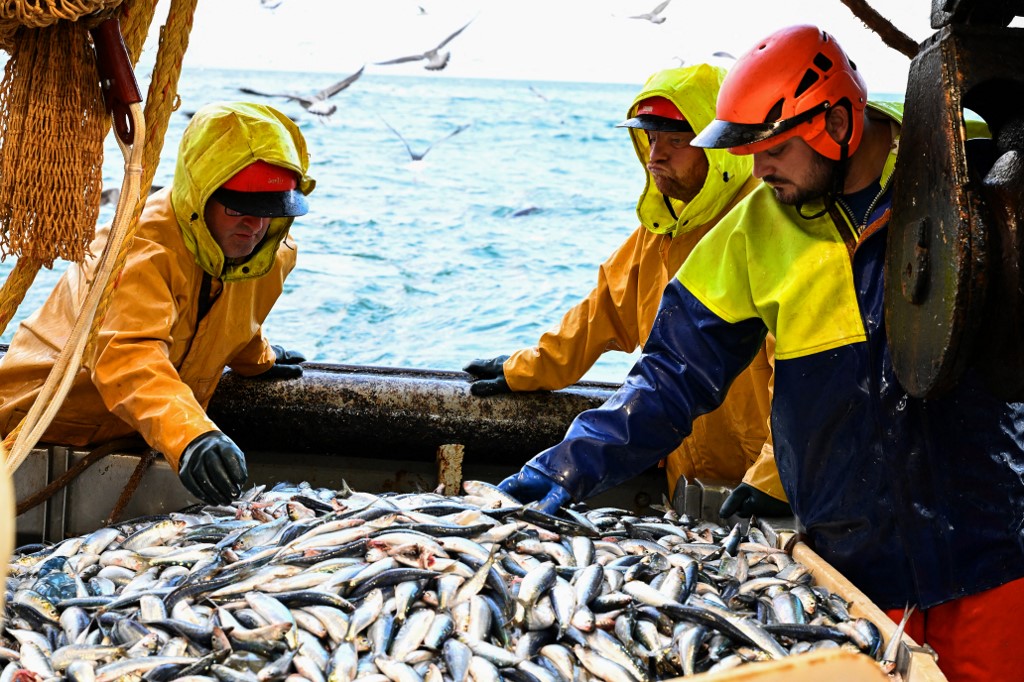

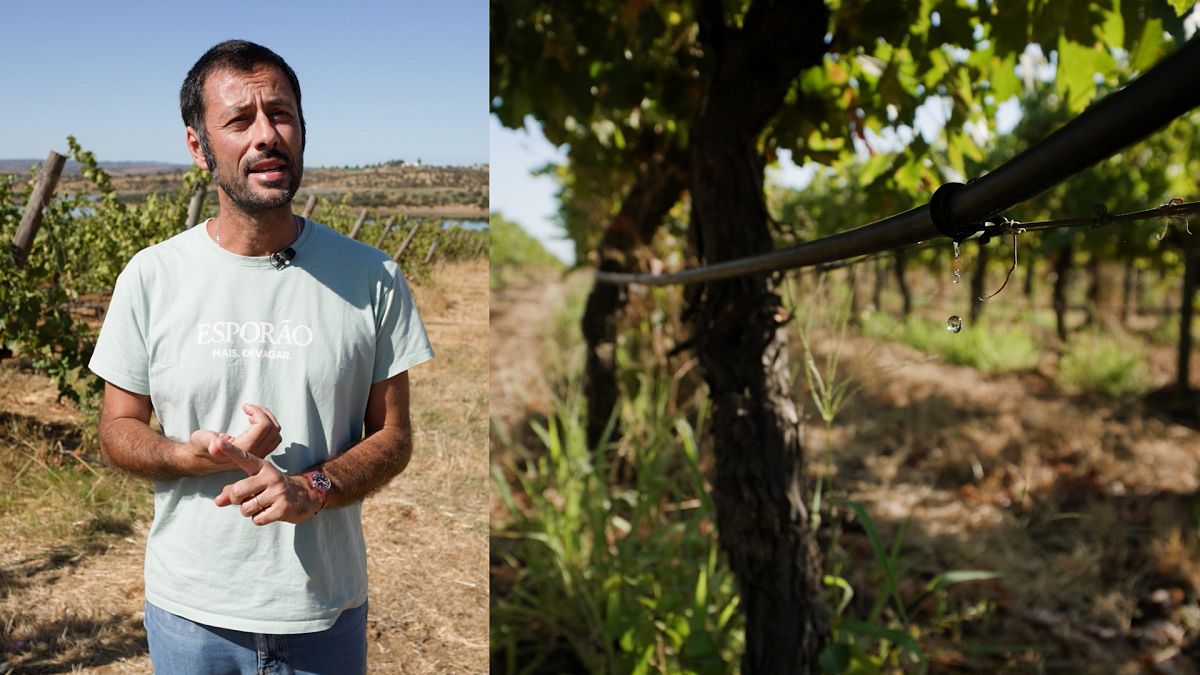













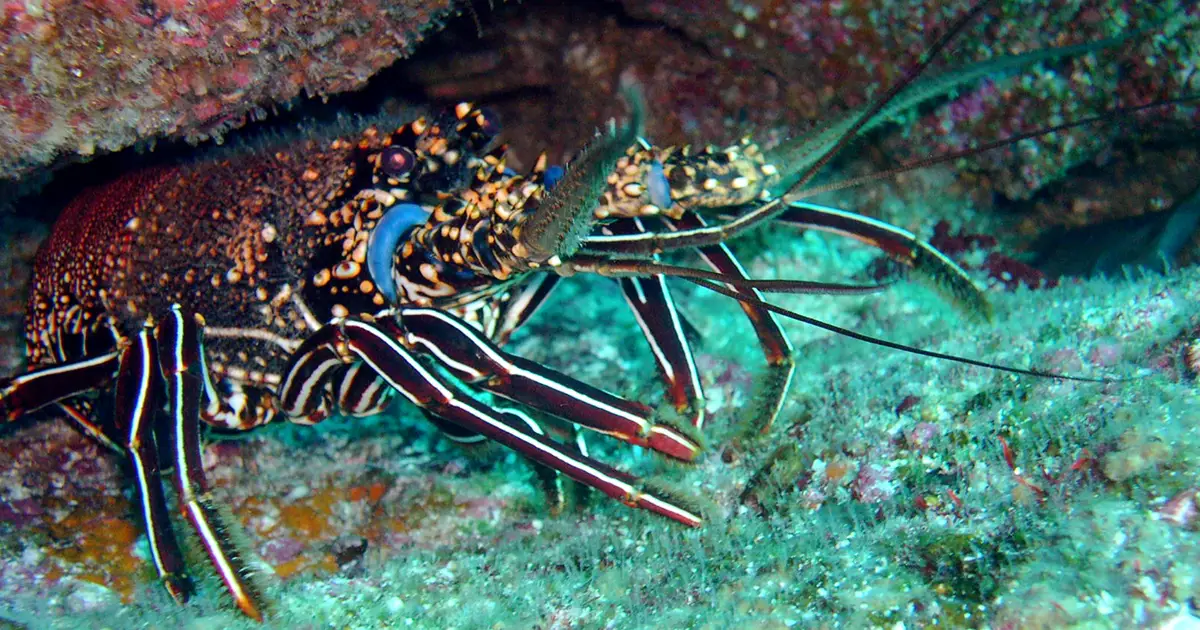













![Significant progress made, but urgent action continues to be needed with 16 million people facing severe levels of acute food insecurity and 1.6 million children acutely malnourished in Bangladesh [EN/BN] – ReliefWeb](https://reliefweb.int/sites/default/files/styles/large/public/previews/31/9e/319ed978-b5f5-4b6d-9b3d-e530da6422ec.png?#)
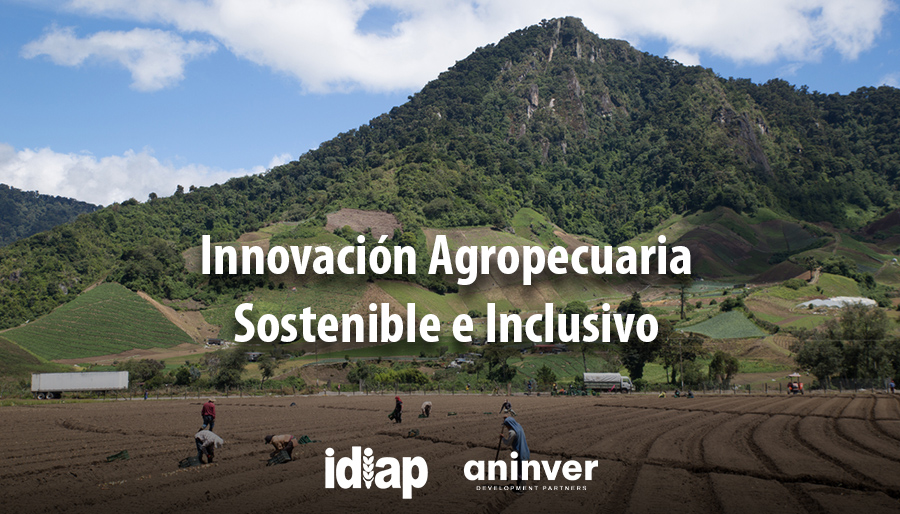


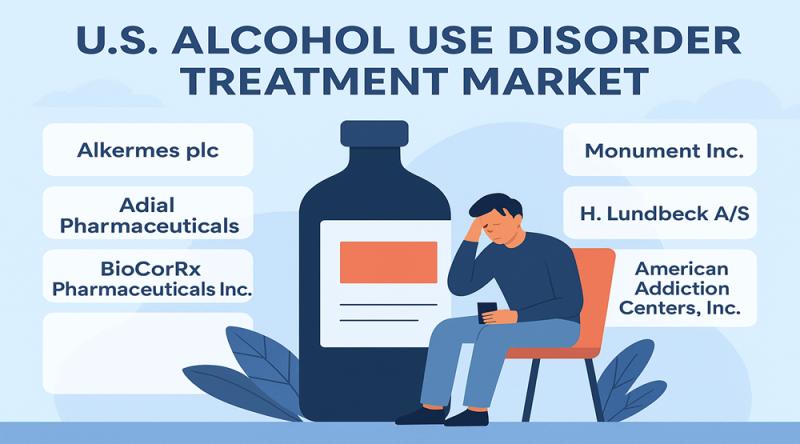






.png?sfvrsn=138ad5fb_3#)









